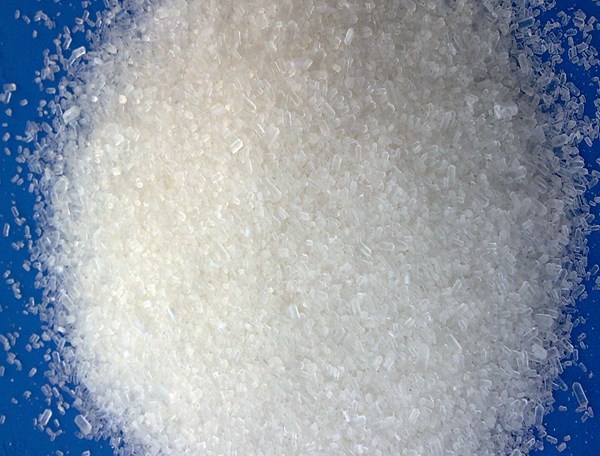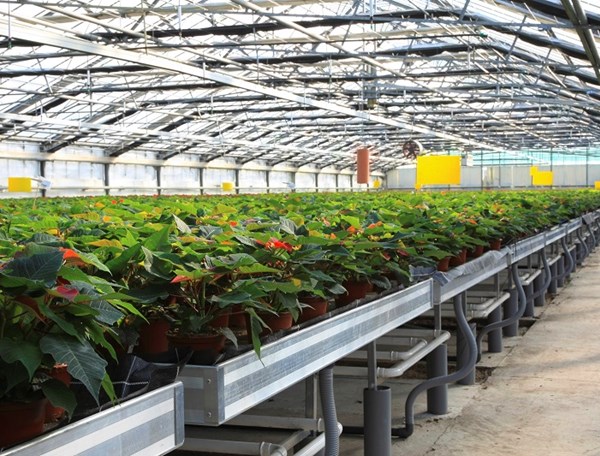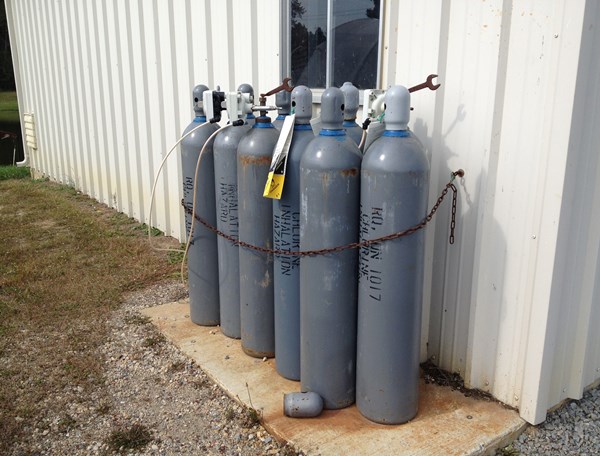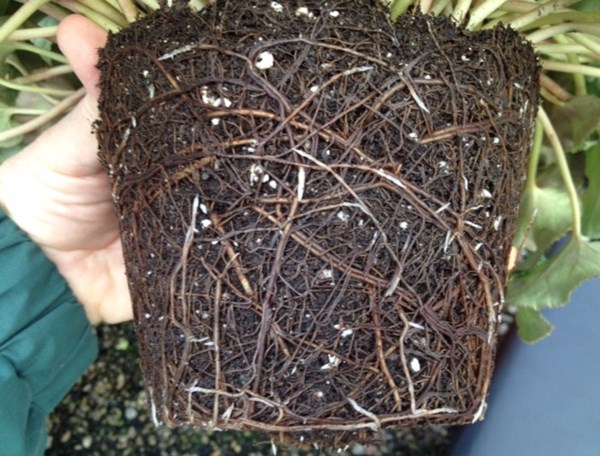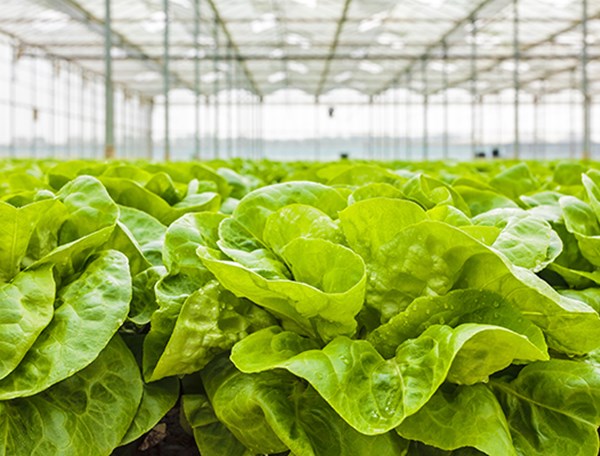Training Center
How Much Acid Is Needed to Reduce Water Alkalinity?
Thursday, September 7, 2023 | Troy Buechel
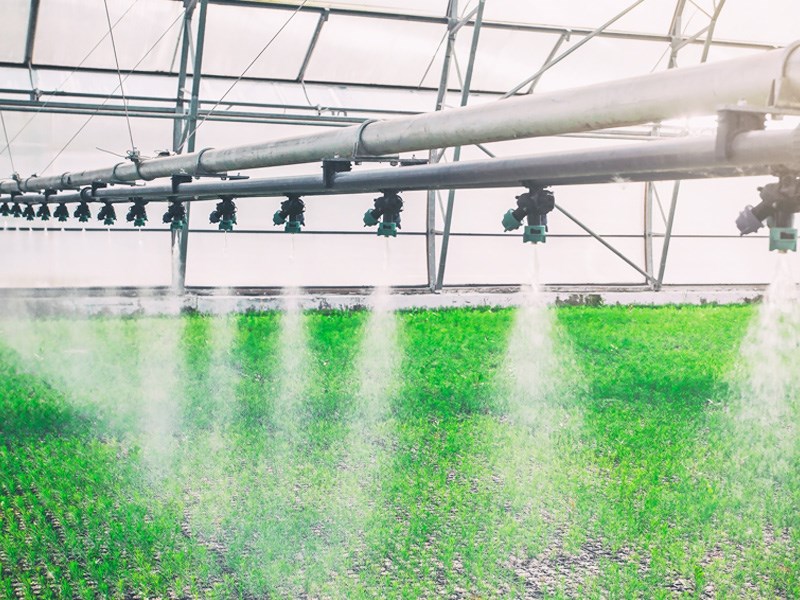
To limit the upward climb of your growing medium's pH, you may need to inject acid into your water to reduce excess alkalinity. Water alkalinity is a measure of the carbonates and bicarbonates in the water and acts just like limestone in the growing medium.
The higher the alkalinity, the more “limestone” that is applied at each irrigation and the faster the pH of your growing medium increases. So, at what point is it necessary to inject acid into a water source to reduce alkalinity?
Why is The Growing Medium's pH Rising?
As plants uptake fertilizer, the roots release acids (hydrogen ions) and bases (hydroxyl ions) to maintain a neutral charge within the plant's roots. This is why fertilizers are labelled with a potential acidity or basicity that predicts how the plant will react with the fertilizer.
When the plant cannot generate enough acid from fertilizer uptake to neutralize the water alkalinity in the growing medium, this causes the growing medium's pH to climb. Therefore, acid injection is needed to neutralize excess water alkalinity or “limestone” in the water.
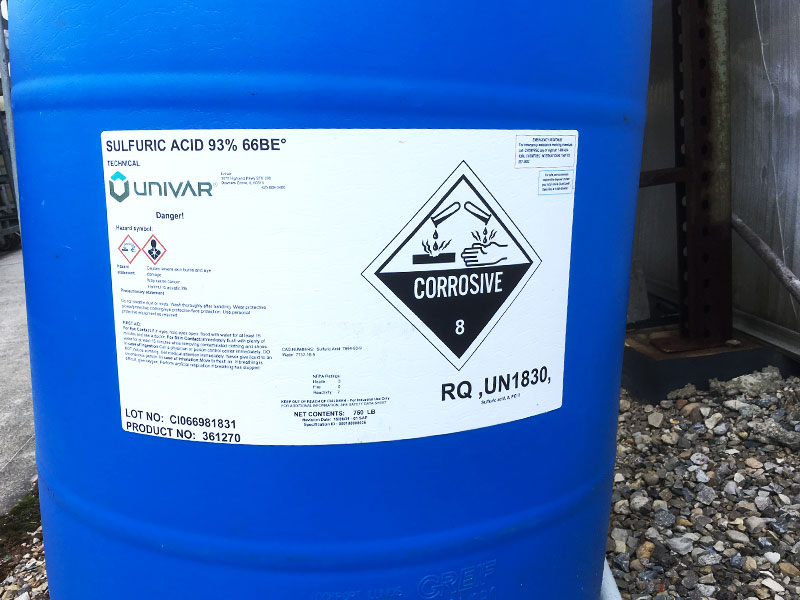
Sulfuric acid is a popular choice to inject into a water source to reduce water alkalinity. Source: Premier Tech
The point at which acid injection is required will vary depending on the stage of plant development, the fertilizer analysis and the quantity of fertilizer the plant uses. For example, a heavy feeder, like a petunia, uses a lot of fertilizer during its active growth phase and can produce a lot of acid to drop the growing medium's pH. However, a small petunia seedling uses very little fertilizer and therefore produces little acid. For a grower rooting cuttings or producing plugs, the alkalinity of the water must be lower than for a grower transplanting plugs or rooted cuttings into larger pot sizes. So, what are the recommended thresholds at which acid injection is required?
General Guidelines for Acid Injection
Table 1 shows the general recommendations that can be used to determine when acid should be injected based on the container size and water alkalinity. These are general guidelines, but the type of fertilizer used is not considered in these guidelines. Table 2 provides more specific guidelines as it considers the fertilizer applied. Remember that a potentially basic fertilizer, when used by the plant, will generate alkaline materials and thus increase the pH of the growing medium.
| Crop | Manageable alkalinity ppm CaCO3) | Alkalinity threshold for injecting acid (ppm CaCO3) |
| Plugs, seedlings, cuttings | 30-80 ppm | > 125 ppm |
| Cell packs | 50-180 ppm | > 200 ppm |
| 4-6 inch pots | 50-200 ppm | > 225 ppm |
| Baskets, large containers | 50-225 pp, | > 250 ppm |
Table 1. General guidelines used for injecting acid in greenhouse irrigation water based on container size.
| Crop | Alkalinity threshold for injection acid when using the following fertilizers (measured in ppm CaCO3): | |||
|
13-2-13 (Potential basicity 223 lb CaCO3) |
17-5-17 (Potential acidity 59 lb CaCO3) |
20-10-20 (potential acidity 400 lb CaCO3) | 18-9-18 (Potential acidity 700 lb CaCO3) | |
| Plugs, seedlings, cuttings | 50 ppm CaCO3 | 80 ppm CaCO3 | 125 ppm CaCO3 | 150 ppm CaCO3 |
| Cell packs | 80 ppm CaCO3 | 100 ppm CaCO3 | 200 ppm CaCO3 | 250 ppm CaCO3 |
| 4-6 inch pots | 100 ppm CaCO3 | 125 ppm CaCO3 | 225 ppm CaCO3 | 300 ppm CaCO3 |
| Baskets, large containers | 120 ppm CaCO3 | 150 ppm CaCO3 | 250 ppm CaCO3 | 325 ppm CaCO3 |
Table 2. General guidelines used for injecting acid in greenhouse irrigation water based on container size and fertilizer applied.
As seen in Table 2, the higher the potential acidity of the fertilizer, the more water alkalinity that can be handled by a crop. In other words, a water-soluble fertilizer can help manage the pH of the growing medium. If the pH of your growing medium tends to increase, perhaps the first option is to switch to a fertilizer with a higher potential acidity. If the alkalinity of your water exceeds those listed for the crop grown, then acid can be injected.
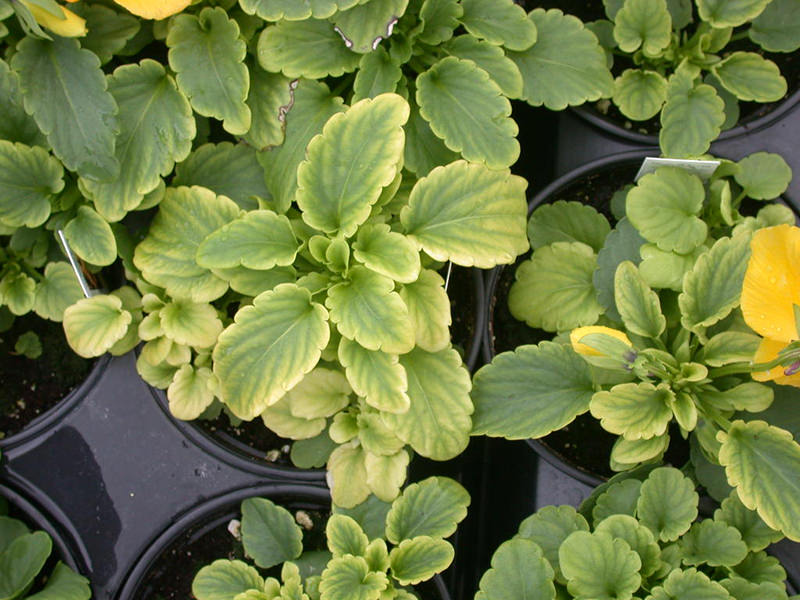
Iron deficiency as seen in these pansies can be caused by excess water alkalinity, which causes the pH of the growing medium to rise. Growers use acid to reduce water alkalinity and avoid iron deficiency. Source: Premier Tech
Reduce, Not Eliminate
Notice in Tables 1 and 2, the goal is not to eliminate all the water alkalinity, but to reduce it to manageable levels. Neutralizing the alkalinity to 0 ppm CaCO3 will reduce the water's pH to the point it can damage roots near the surface of the growing medium and interfere with seed germination. It can also create fluctuations in the growing medium's pH and problems with pH buffering after the lime charge has been used up.
Note: Since Premier Tech does not manufacture acidifiers, we invite you to consult your manufacturer for specific information concerning the use of their products.
If you have further questions, please contact your Premier Tech Grower Services Representative or your Regional Sales Representative.
 |
 |
 |
 |
|---|---|---|---|
|
Ed Bloodnick |
Nathan Wallace-Springer |
Lance Lawson |
Victor Brantly |
 |
 |
 |
|
|
Troy Buechel |
Susan Parent |
Jose Chen Lopez |
PRO-MIX® is a registered trademark of PREMIER HORTICULTURE Ltd.
Related Articles
-
MYTH Series: Epsom Salt Decreases the pH of Growing Media
Epsom salt is used by many growers as a fertilizer supplement to provide magnesium and sulfate when they are low in the fertilizer solution.
-
MYTH Series: Sulfur Drops the pH of Growing Media
In the horticultural industry, many myths exist that can greatly affect how containerized crops are grown in the greenhouse environment.
-
Water Sanitation Part 3a: Oxidizers Used for Water Sanitation
This article will focus on oxidizing agents used to sanitize greenhouse irrigation water.
-
Water Sanitation Part 1: Biology of Pathogens in Water Sources
Sanitation is a key to restricting plant pathogen introduction and spread. In this first of a three part series on water sanitation, we will discuss the importance of knowing the biology of root rot pathogens.
-
Water Sanitation Part 2: Pre-Treating Water Before Sanitation
We often think of water quality from the standpoint of chemical properties, such as alkalinity, mineral elements, pH, etc.

 Where to find our products
Where to find our products
